
The Beartrail at the ENCI quarry in Maastricht was on my wishlist for a long time. Last weekend I could finally make it. How did the first hills go after a long time of training on flat land?
A long time ago I was registered for the Beartrail in Maastricht. I was really looking forward to run in the ENCI quarry and see the marl caves. But a few days before the race I had to cancel my registration and Airbnb as pneumonia threw a spanner in the works.
During the Krijtlandpad I passed by the quarry again and was tempted to run in it. The attraction was certainly there, but I really wanted to stay on the Krijtlandpad itself. Of course I reminisced about the last time I was in the quarry: a tour for subscribers to the magazine Cement of which I was the editor at the time. ENCI's office building was already nearly empty at the time: only one floor still had people working in it. Since 2019, the office is really no longer in use and the quarry has been returned to the population as a nature reserve. Part of the furnaces still stand there as industrial heritage.
The fact the race was not yet sold out in corona time brought a third chance. The best part was that there was also a challenge to run two distances: one on Saturday and one on Sunday. Only finding a hotel turned out to be a bit tricky: because of corona the agenda of sports events had been shifted and because of that the Amstel Gold Tour and a triathlon were in Maastricht that same weekend. Fortunately, it all worked out just in time.
But why didn't I register earlier? Well actually that is quite simple: at the beginning of the academic year it is extremely busy and I also have to give the necessary guest lectures. That's pretty exhausting, so I prefer not to plan too much during that period. But when I start those first few weeks, I am usually exhausted, but do want the distraction.
Running stairs
It started with a bit of a setback: when I wanted to load the route while at the hotel – ok a bit late – before cycling to the quarry for the first 14 km, the Garmin refused to synchronize it. And then it jammed completely. It was very unpleasant, because a complete reset was necessary and then you have to reset everything again in terms of navigation options and blood sugar data fields. So besides the fatigue, the first stress was already there.
Even in a relatively small field it is strange to be in a group at the start again. But we all dove straight into the first gravel hill, at a good pace. Even though we did not start too fast, the first stretches were already with turbo on, which might no be such a good idea as I had to run the next day as well. Downhill I had to use the brake, as usual on shorter distances, because at this distance most people didn't know how to descend very fast.
At the moment I was already getting a bit tired of taking hills, the real climb came. A steel staircase that took us directly 40 m higher. I could not look through the steel bars too much to prevent vertigo and had to keep on climbing. Of course I ended completely exhausted at the top.
Castle
Soon it was up and down through the hilly country again. Through beautiful fenced-in singletracks, through meadows with grand views, towards Fort Sint Pieter. By now the tiredness was really noticeable. It was soon clear that the hill training had been omitted this year. I also didn't use the Me-Mover much after I crashed with it. So there was a real lack of power uphill.
One advantage I did have with hiking is that I recently spent time doing some hiking technique. I'll be sure to cover that in a later blog, but it's a technical thingy that takes a little more time to explain. Let me put it this way, even with not quite the correct use of chiwalking technique, it makes you feel less fatigued and you might go just a little bit faster than with regular walking.
At the entrance to the castle, I had to walk around an English woman who had just complained to her husband about how disgusting it was that there were so many dogs on the grounds. For a moment I wondered if she really meant some sweaty runners, but that's her problem, she's not the boss in our country.
A little after halfway the race there was a food supply station. At that moment I didn't need all that much, so I just took some tucs. Bad idea, as it turned out. One kilometer further, my tank was really empty according to my Libre. And I suddenly felt like walking all the way. Of course, I lost a lot of places and soon found myself in the back of the rankings. After 12 km I had had enough and I regretted signing up for the next day.
Descending
The next day I was dreading the run. Not that I had any muscle pain, but I was tired and unsure about my speed on the hills. Fortunately, the atmosphere among the participants seemed a little more open beforehand than it had been during the 14 km. But this 32 km route – which fortunately had little in common with the previously run route – started with a number of climbs as well.
Soon the fuel shortage hit me again. After about 10 kilometres I was continuously low. No matter how much I ate, my blood sugars would not rise anymore. First two gels, no result. Then a flapjack of more than 50 carbohydrates. No result. Gold bears and nougat. Slight increase. Was I too tired to take in carbs? One thing for sure: my cutback on starch/Ucan (it's only a short race after all…) is something I wouldn't do again. As a result, I was missing a solid base.
And during those low blood sugars, I watched the entire tail end of the race pass me by. I tried to run slowly. Passed by the castle Lichtenberg where a picture was taken that accidentally ended up in the album of the 18km group that started later. I then tried to go a bit faster, but fell due to a lack of coordination (one of the symptoms of a hypo, the drunken run). Worst damage was that besides some scrapes, I lost one of my favorite start number magnets.
When the blood sugars finally started to rise a little, I went a little faster, but soon the slow decline set in again. And I felt shaky. Whether it was extra fatigue from the long period of low blood sugars, or the new drop in my levels. The annoying thing about this: it was at the start of a few technical sections with very steep descents, of the kind where they almost have to hang ropes. With the lack of coordination it was hellish.
Across the bridge
Once I got to the supply station, my blood sugars were a little better. It was at a bridge that would bring us to Belgium and where you could choose to follow the route of the 32 km or the 18 km. I had had enough and wanted to stop, but the next aid station would be quite close. So I decided to see if I would feel better in the meantime.
However, less than a kilometer past the bridge, someone came up behind me with a big bag on his back. Indeed, the sweeper who was collecting the arrows. I explained that I was not really up to speed because of a blood sugar dip. But it also encouraged me to start running more again. After he had to make a phone call, I lost sight of the sweeper.
My mood did not improve and actually I had enough of it: I felt wrung out. And by now I was quite nauseous from all the eating. So I was kind of preparing myself to get out at the next aid station, which turned out to be further away than I had expected. Why didn't I? The friendly welcome there, a soft flask of coke that was almost filled to the brim, the mental boost and calming effect of the contact, and the fact that I would still make it in time even if I walked to the finish.
Wings
After that aid post I could run reasonably well again. Ok, I took more breaks, but I felt less tired. I was able to enjoy the view over the quarry from the other side of the river. And just before the second crossing of the bridge, I caught up with the father and daughter who passed me at the first crossing.
From the bridge – where I once again poured some coke in the tank to get the necessary wings – it would only be another 5 km or so. A bit of a setback: the triathlon was in full swing and the bicycles were riding exactly on this part of the course. As a result, I had to wait about 5 minutes before the traffic warden would allow me to continue my route.
Although the pace had picked up, and I could smell the barn, there was still a major obstacle ahead. The climbs at the beginning were child's play. This is where it really started, with parts where I had to go straight up, almost on all fours. Pretty exciting, especially after the fall earlier. And for all participants: more difficult as the fatigue had probably set in by then. But I managed and eventually I finished. Almost as last in this race, at least the last in the challenge class. But the ranking is not really all that important to me.
Lessons
I don't know where exactly it went wrong here. The blood sugar that did not want to rise, may have been a consequence of fatigue. In fact, I should have rested this weekend, I think. Deviating from the basic diet, which I often do on routes of 25-30 km, was another bad decision. Because of the altitude meters, I could have known that this race would take much more time and energy than normal.
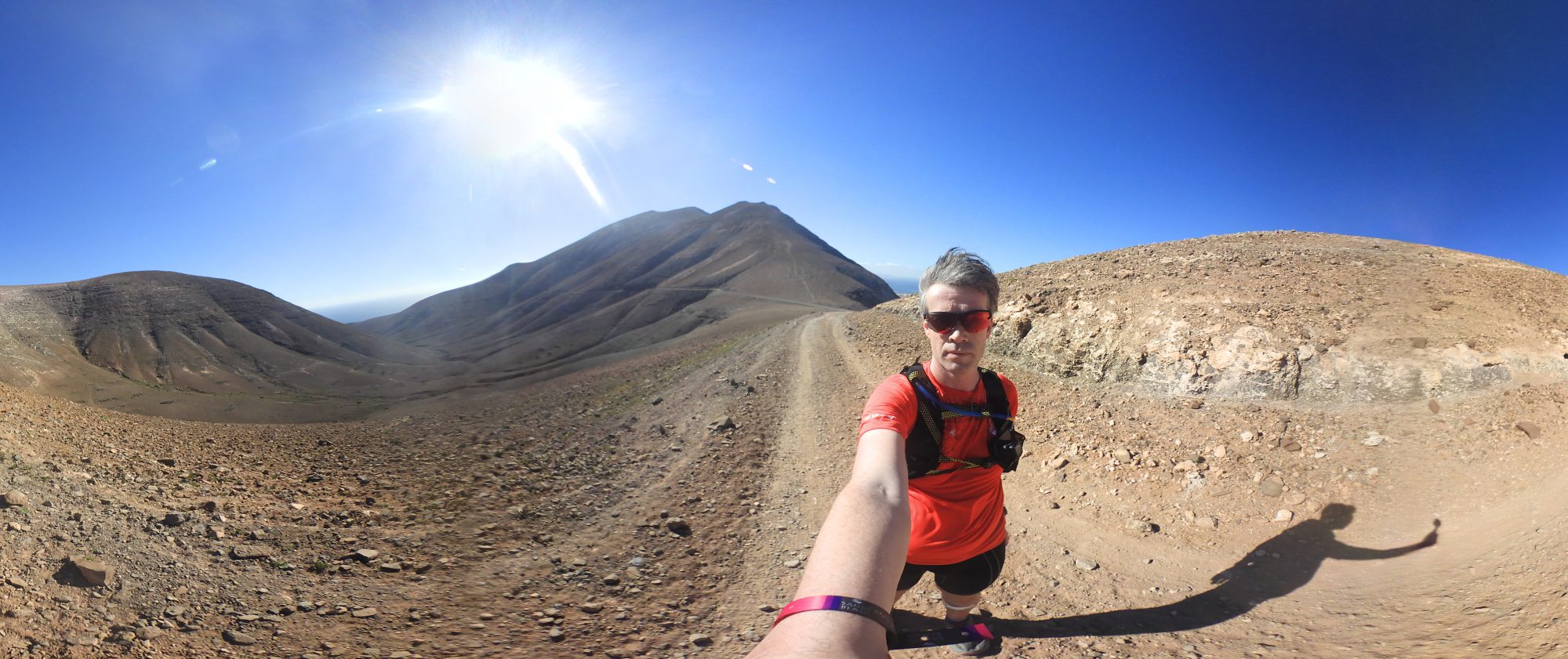
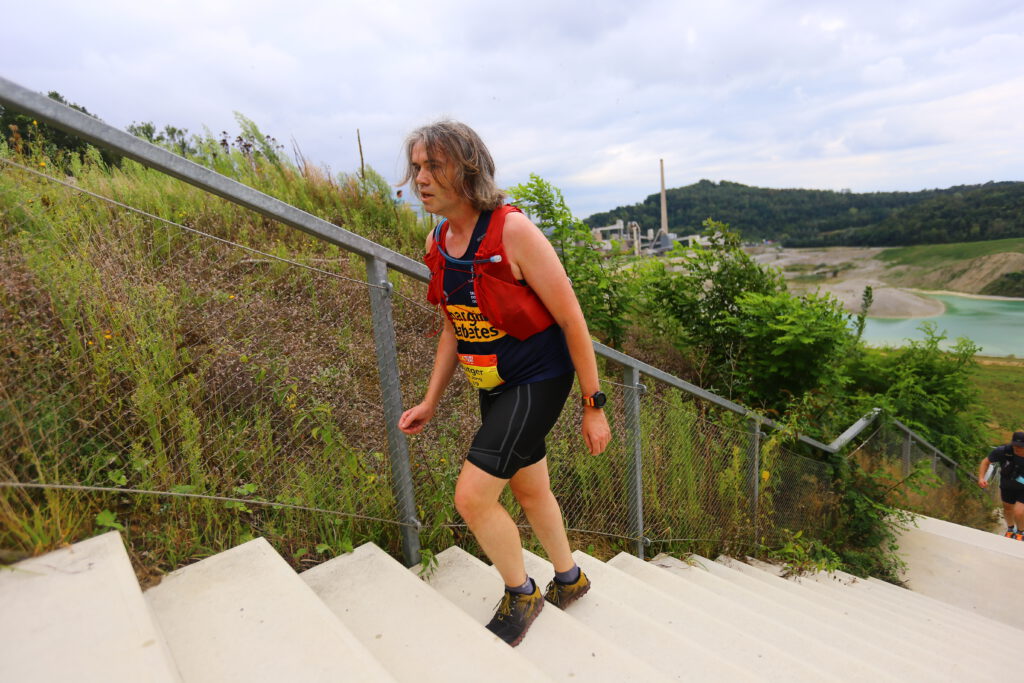
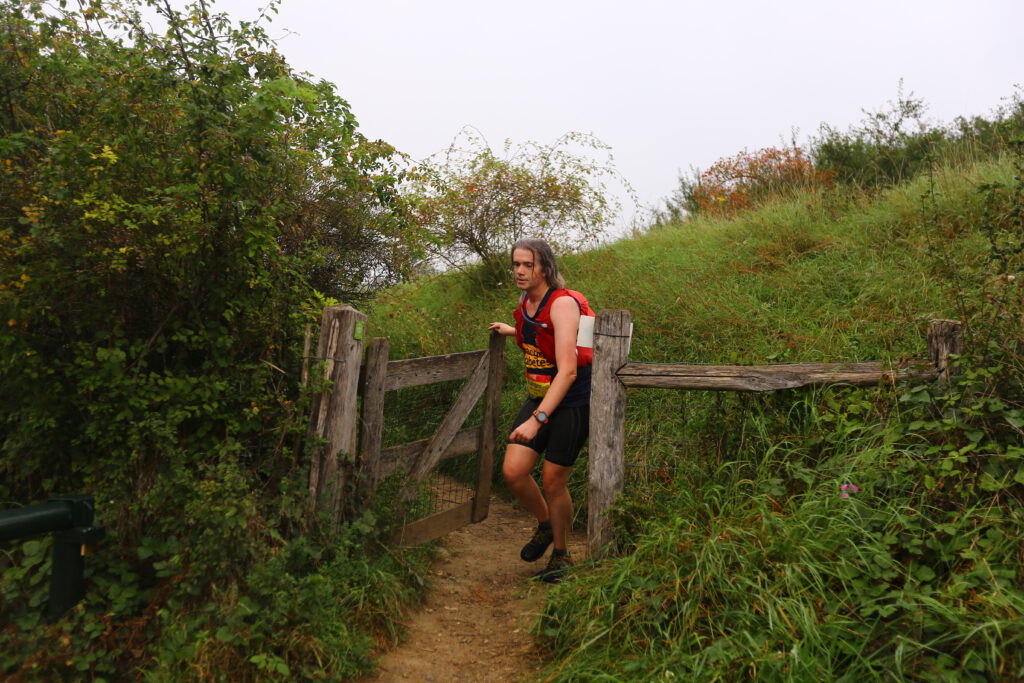
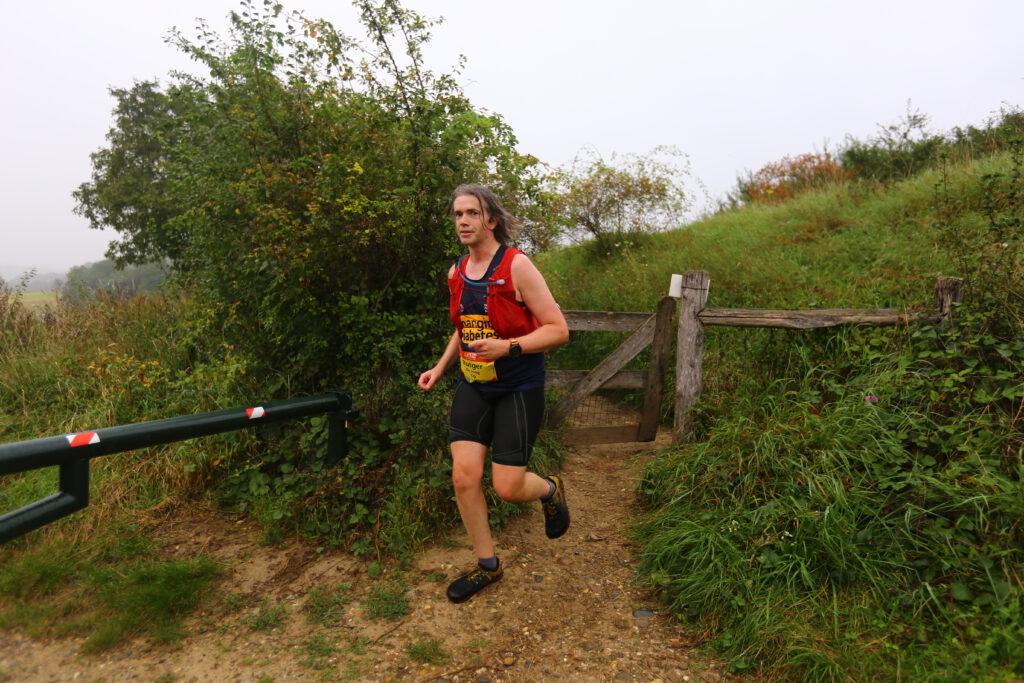

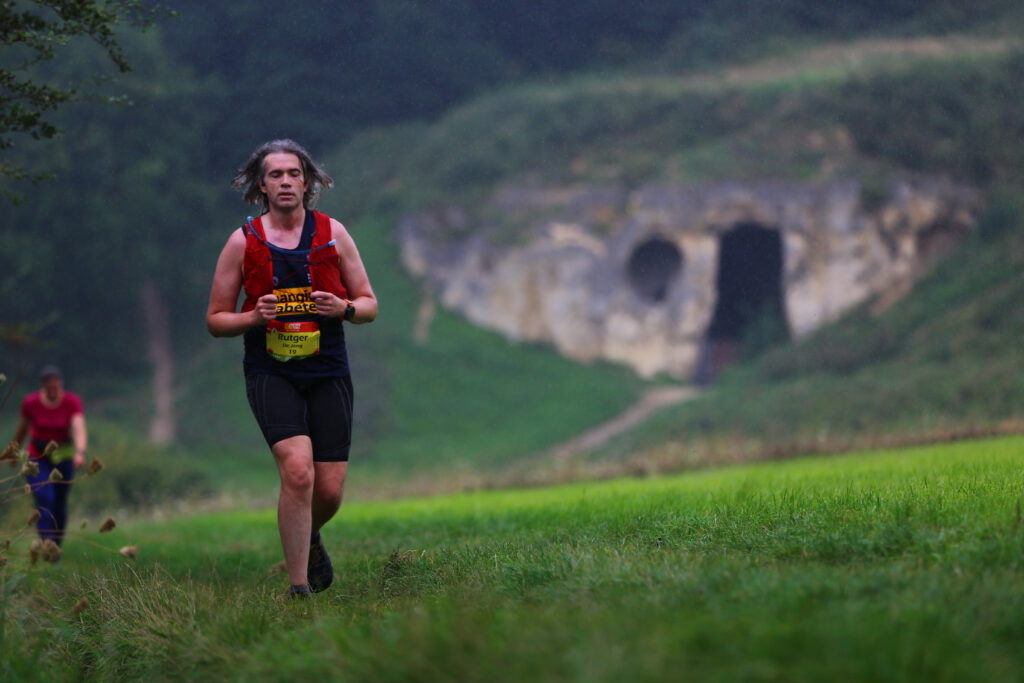
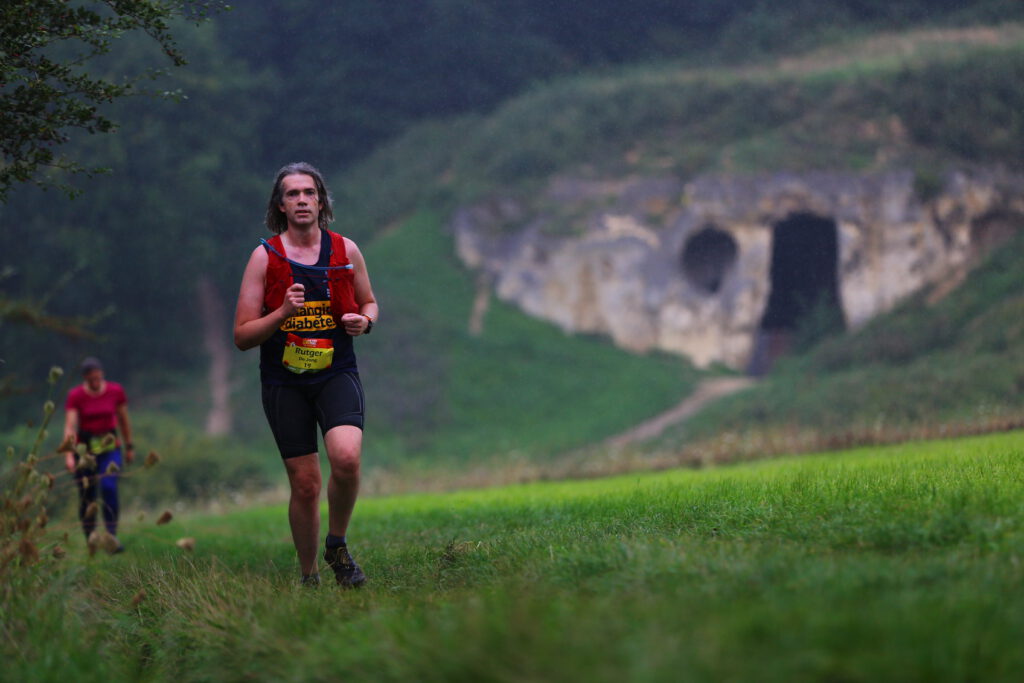
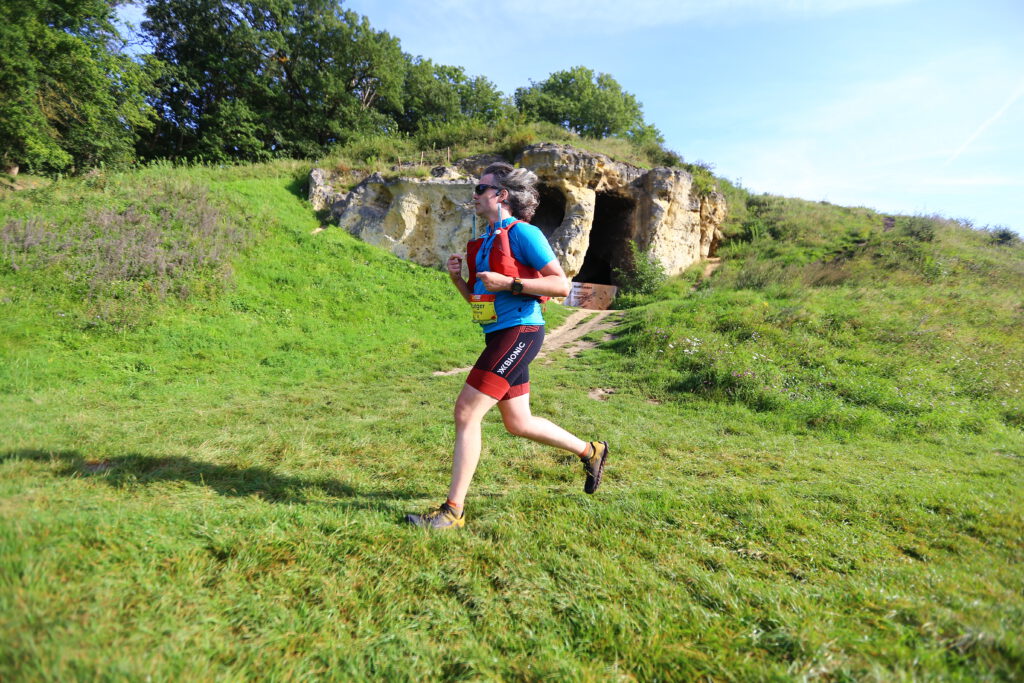
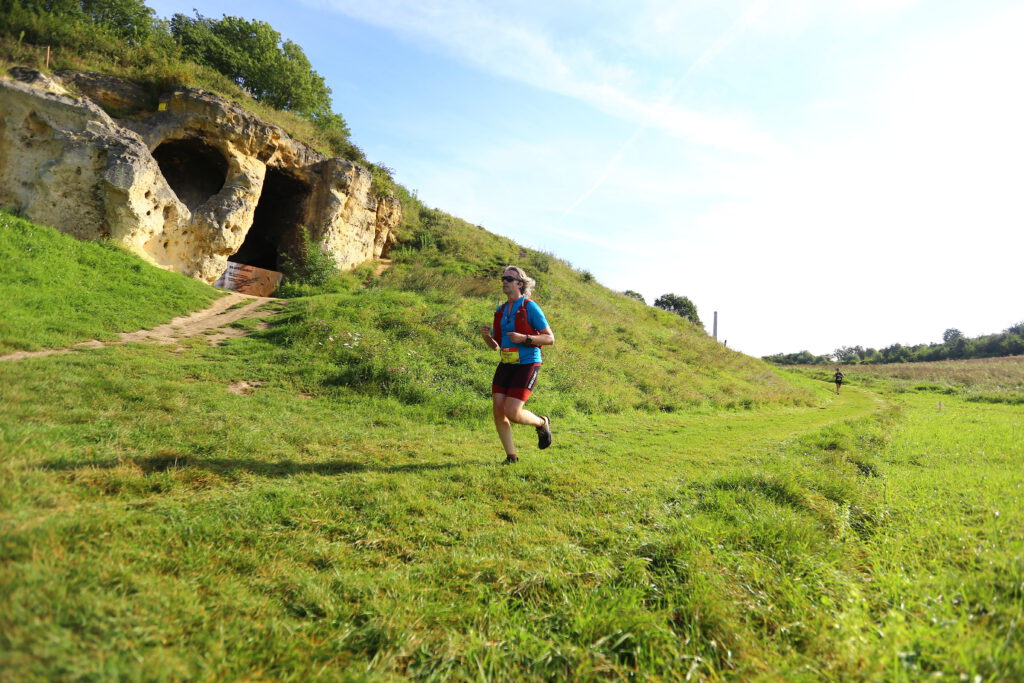
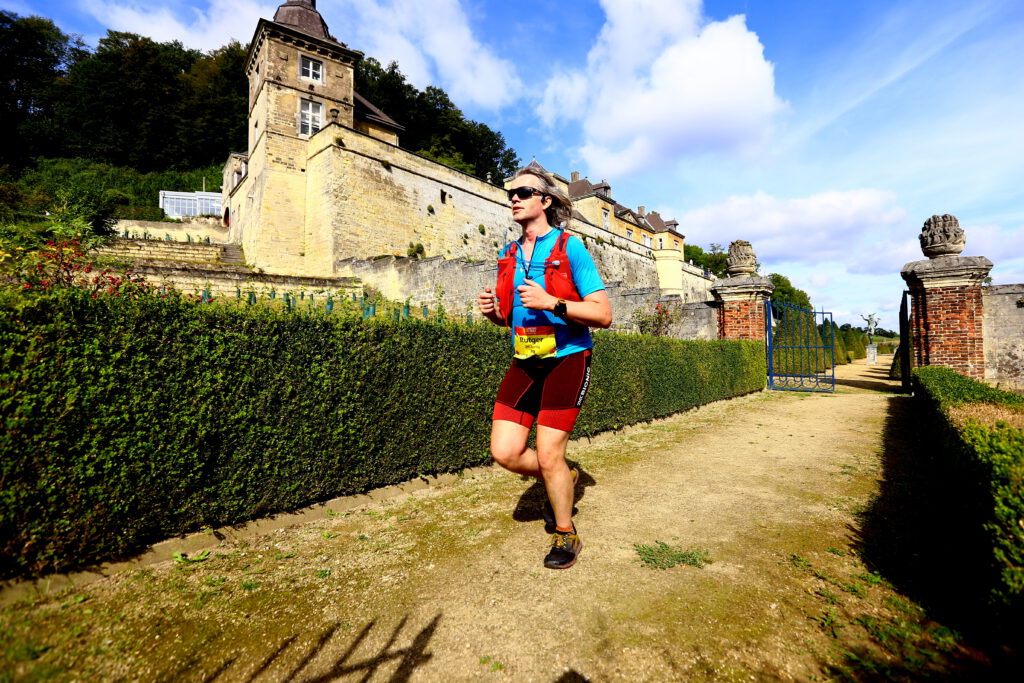
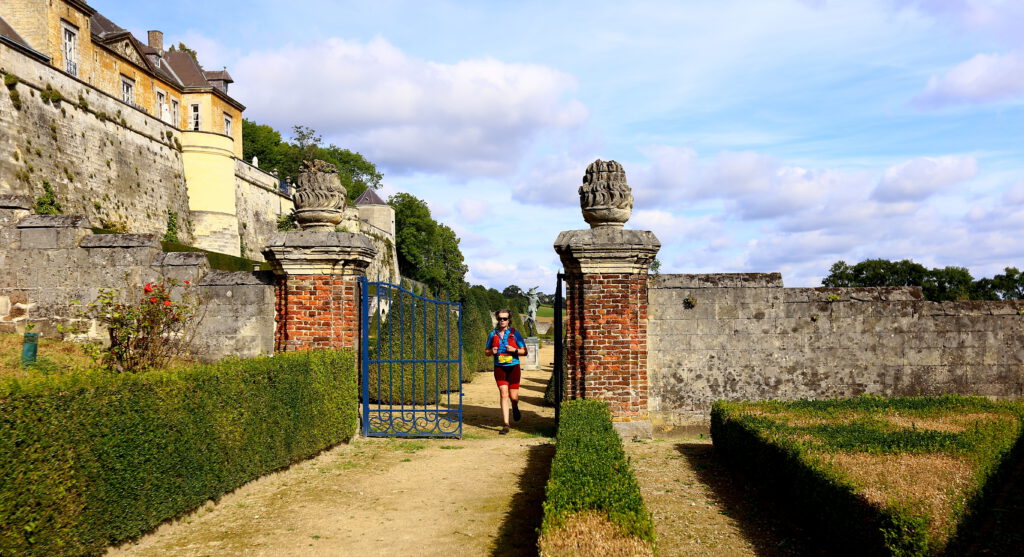
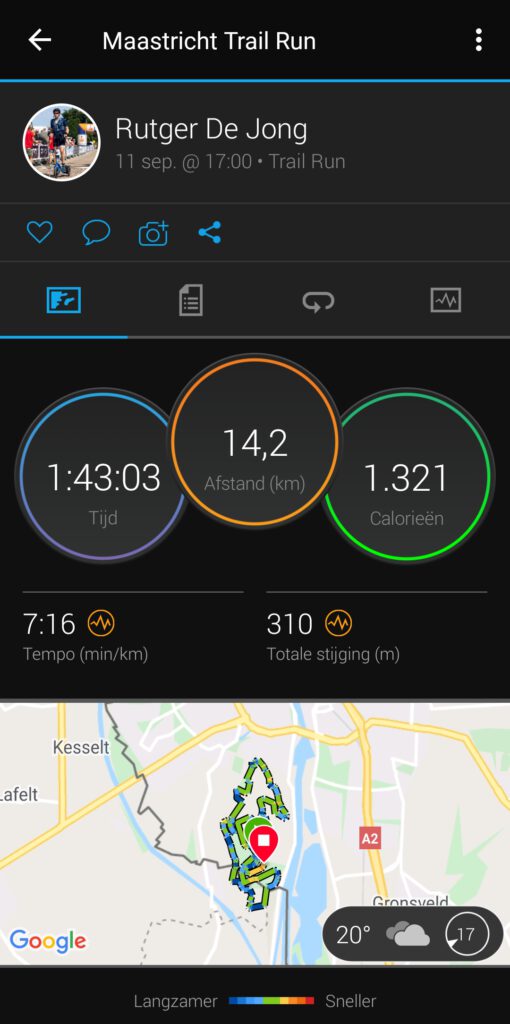
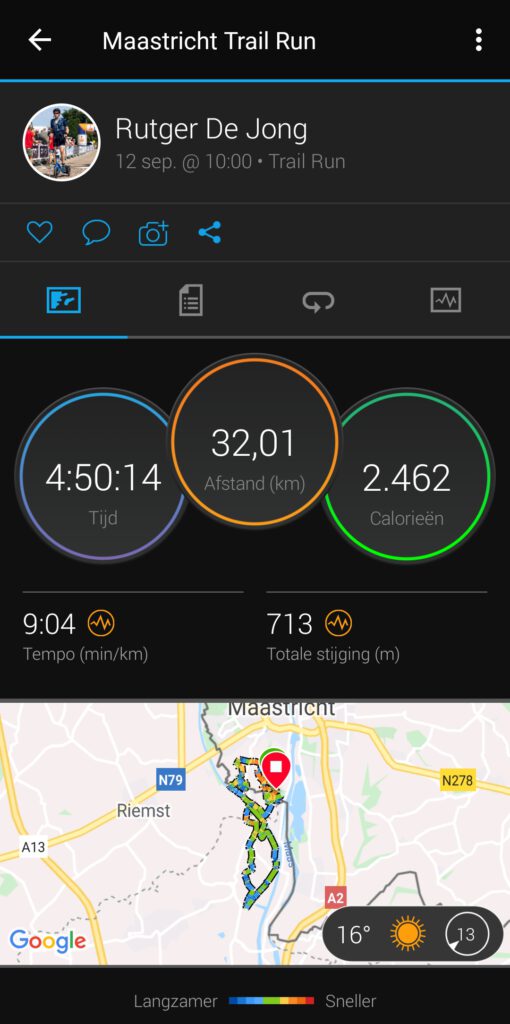
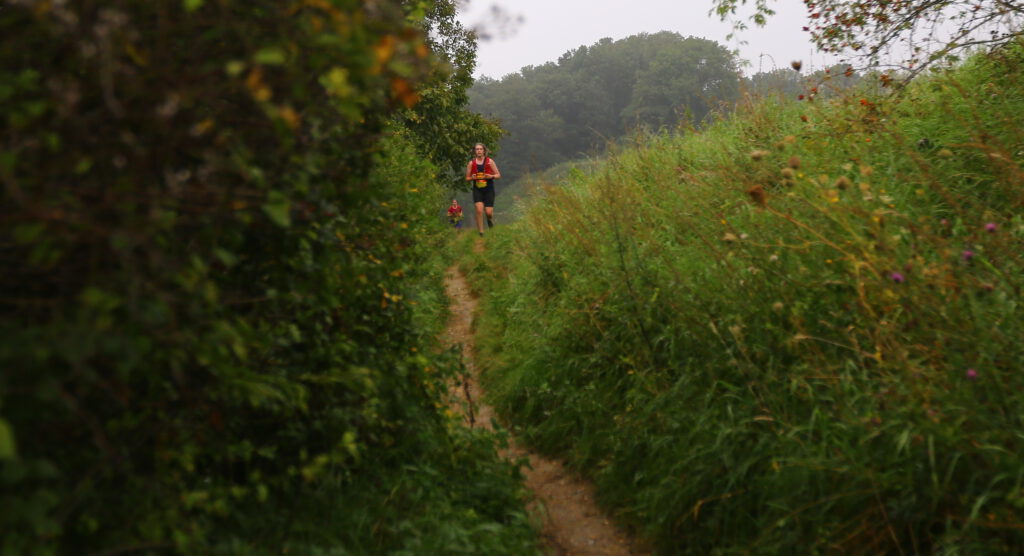
What a story. Still pretty clever that you have persisted.
Unfortunately, that's life sometimes. Even without walking, I often do have to push through when there are similar issues with nutrition.
What a cool story. And how good to read that you kept going anyway. I always get completely frustrated when low blood sugars slow me down too. I don't run your distances, but I'm sure the feeling is the same.
Good luck with the next race!
Yes, sometimes it's really hard, isn't it. Distance does not matter much, although you have a higher chance after a very fast or during a very long run because you use a lot of energy.
Great job. It looks like a beautiful and challenging race. Glad you stuck it out through the blood sugar issues and finished strong.
It was really plodding along this time. But I got there in the end, which was quite rewarding.